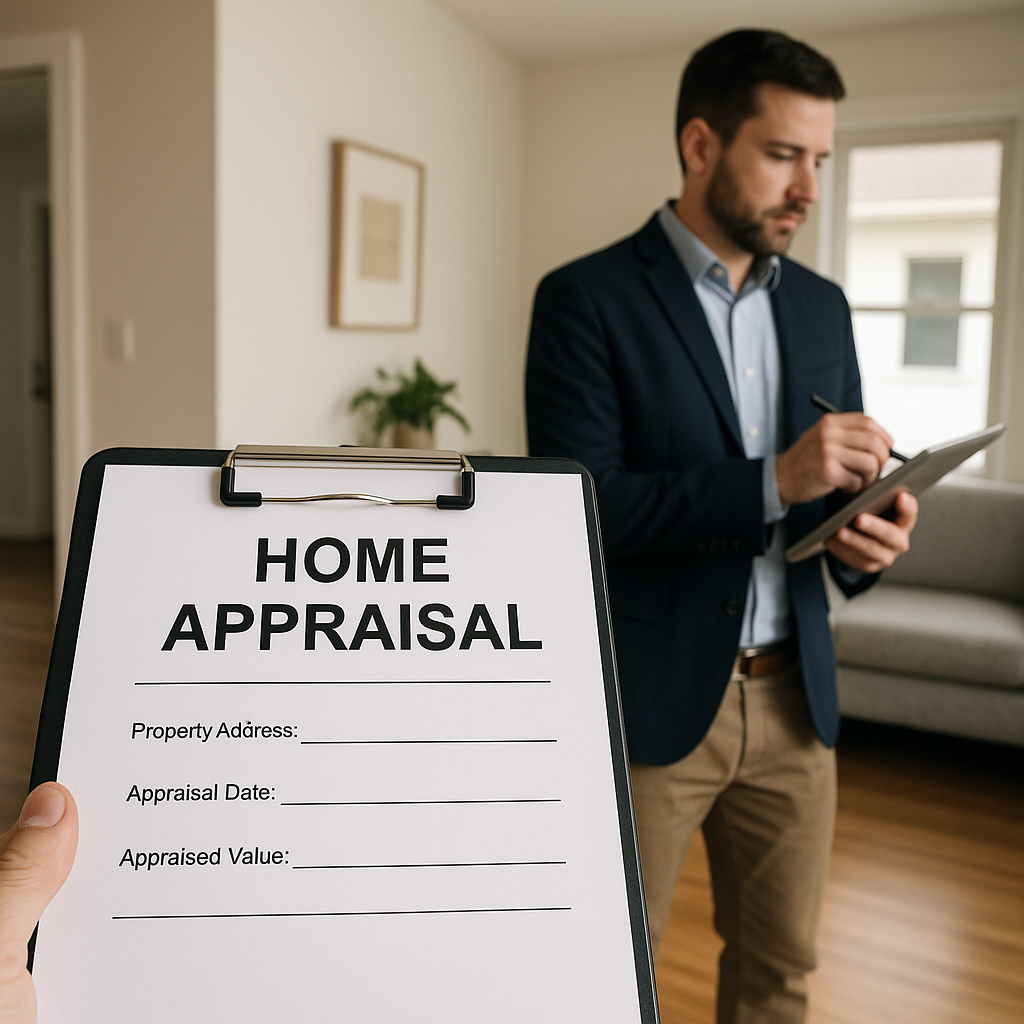What Homebuyers Need to Know About Home Appraisals

Becoming a homeowner comes with a long checklist of things to understand, but few are as misunderstood—or as critical—as the home appraisal. For some, it feels like just another formality buried in paperwork. In reality, though, it plays a defining role in how much you can borrow, whether your deal will go through, and even how you structure negotiations with the seller. Understanding how appraisals work will give you the clarity and confidence to navigate your home purchase more effectively—especially in real estate markets across the United States and Canada. Let’s walk through the role appraisals play, when they’re required, what affects the outcome, and how they fit into your budget.
Table of Contents
Why Lenders Need Appraisals
When you’re buying a home with a mortgage, your lender wants confirmation that the property is worth the amount they’re lending you. That’s where an appraisal comes in. It’s a professional, independent opinion of a home’s value—based on its condition, location, and the surrounding market.
From the bank’s perspective, the home is collateral for the loan. If something goes wrong, they need to know they can recover their money. So even if you’re ready to pay the asking price, the deal can be delayed—or even fall apart—if the appraisal comes in lower than what you offered.
That’s why the appraisal is far more than a checkbox. It can directly influence your financing terms and the direction of your purchase.
When Appraisals Are Mandatory
If you’re taking out a mortgage, expect an appraisal to be part of the process. This is standard in both Canada and the U.S., and it’s a requirement your lender will enforce before issuing final loan approval. There are exceptions—such as all-cash purchases or certain types of refinancing—but for first-time buyers, the appraisal is almost always mandatory.
Typically, the appraisal happens after your offer has been accepted and you’re in the conditional stage. The lender arranges for a certified appraiser to visit the property. They’ll inspect it and compare it with similar recent sales nearby. You don’t choose the appraiser yourself, but it’s important to know what they’ll be looking for, because their report can change everything.

Budgeting for the Appraisal: What It Costs
Most first-time homebuyers budget carefully for down payments, closing costs, and legal fees—but forget that the appraisal is another upfront cost. If you’re working with limited funds, it’s important to factor it in early. In Canada, appraisal fees typically range from $300 to $500 depending on your region and the type of home. In the U.S., prices are generally similar, though complex properties—like multi-family homes or those in remote areas—may cost more. If you’re curious about the house appraisal cost in your specific location, your mortgage broker or real estate agent can usually offer a ballpark figure based on recent deals.
While it may seem minor in the grand scheme of things, it’s still a line item worth preparing for—especially since it often needs to be paid at the time of service.
What Appraisers Really Look For
Appraisers evaluate two primary things: the property itself and how it compares to others recently sold in the area. They analyze size, age, layout, features, and condition. The basics—like the number of bedrooms and bathrooms—matter, but so do upgrades like renovated kitchens, finished basements, or energy-efficient systems.
The location also plays a big role. A home in a peaceful, walkable neighborhood with strong school ratings may appraise for more than an identical home in a less desirable area. These kinds of distinctions can have a significant impact on the final appraised value.
That’s why the process isn’t just about square footage and sales prices—it’s a full-picture analysis of your property’s current value in the local market.
When the Appraisal Comes in Too Low
Now imagine this: your offer is accepted, but the appraiser values the home below what you agreed to pay. It’s a situation that rattles many first-time buyers—and it’s not uncommon, especially in fast-moving markets with bidding wars.
If the appraisal is lower than the purchase price, the lender won’t approve the full loan amount. You’ll have to either renegotiate the sale price, make up the difference yourself, or walk away from the deal entirely. It can be a tough spot, particularly if you’ve already become emotionally attached to the home.
There are a few routes to explore—some buyers contest the appraisal (though this is rarely successful), others ask the seller to reduce the price, and some decide to pay the difference out of pocket if their budget allows. The key is to understand this possibility ahead of time so you’re not caught off guard.
Appraisals Are Not Inspections
One of the most common mistakes first-time buyers make is confusing the home appraisal with a home inspection. While they both involve evaluating the property, they serve different purposes.
The appraisal determines market value and is required by the lender. The inspection, on the other hand, assesses the home’s condition—checking things like the plumbing, roof, foundation, and electrical systems. Lenders don’t require an inspection, but it’s highly recommended for your own protection.
Getting both is the smart approach. The appraisal tells you what the home is worth financially; the inspection tells you if it’s structurally and mechanically sound. Don’t skip either.
Conclusion
The appraisal might not be the most exciting part of your homebuying journey, but it’s one of the most important. It directly affects your mortgage terms, your budget, and sometimes even whether the deal will go through.
By learning how appraisals work—what affects them, when they’re required, and how much they cost—you’ll avoid common surprises that trip up first-time buyers. Whether you’re purchasing in a quiet Ontario suburb or a bustling U.S. city, understanding the appraisal process will give you greater control and confidence.






